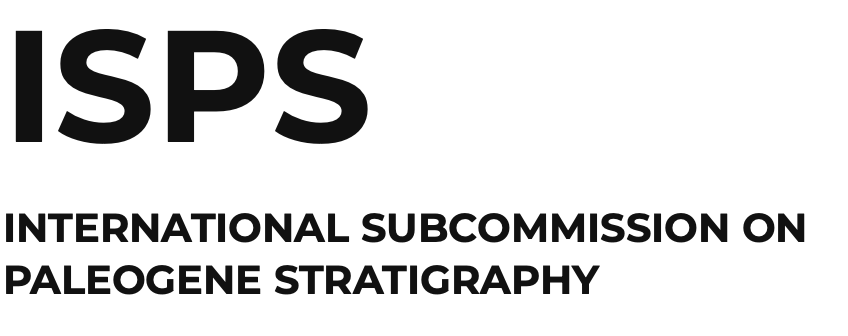The journal Lethaia has published in July, 2017, a thematic issue entitled “The contribution of fossils to chronostratigraphy, 150 years after Albert Oppel” and dedicated to the importance of fossils for dating and correlating of sedimentary rocks. In this issue, as explained in the forewords by Marco Balini, Annalisa Ferretti, Stan Finney and Simonetta Monechi, Oppel’s significant contribution to modern chronostratigraphy was analysed. The Phanerozoic through all its major fossil groups is then explored in a series of paper, to verify if fossils are still able to make a significant contribution to chronostratigraphy.

The extraordinary merit of Oppel’s work has been the demonstration that fossils can be used to sub-divide sedimentary sequences into zones, which in turn might be organized in higher chronostratigraphical units. The zone for Oppel is characterized by the distinctive fossil content, and his view strongly influenced the development of the standard chronostratigraphical scale for about one century, until the introduction, in the 1950s, of the log-based range chart as the common practice to study the fossil record of sedimentary successions. This approach forced the stratigraphers to shift the focus from the fossil content of the zones to their boundaries, in turn allowing for the introduction of new kind of zones with precisely defined boundaries based on bioevents and to the decline of the Oppel Zone. This turning point in the history of chronostratigraphy was fuelled by the International Commission on Stratigraphy programme of definition of the units of the International Chronostratigraphic Chart based on the boundary stratotype and point (GSSP) concept, which started in 1973.
Of particular interest for the Subcommission on Paleogene Stratigraphy is the contribution by Claudia Agnini, Simonetta Monechi and Isabella Raffi on the historical background of calcareous nannofossil biostratigraphy and its application in Cenozoic chronostratigraphy.

Starting from the 1950s, changes in calcareous nannofossil assemblages have been used to date rocks and sediments and a fundamental step was achieved two decades later with the publication of the first comprehensive biostratigraphical schemes. Standardized quantitative counting methods, unambiguous taxonomy as well as highly resolved data sets provide high-quality biostratigraphical datums which, in turn, result in the precise positioning of calcareous nannofossil biohorizons and in the construction of reliable biostratigraphical frameworks. Recently published Cenozoic biozonations are then used as a framework to present an overview of the calcareous nannofossil biohorizons which are used in chronostratigraphy to denote Cenozoic Global Standard Stratotype-section and Point.

References:
Balini, M., Ferretti, A., Finney, S., Monechi, S. (2017). The contribution of fossils to chronostratigraphy, 150 years after Albert Oppel. Lethaia 50, 323–335, doi: .
Agnini, C., Monechi, S., Raffi, I. (2017). Calcareous nannofossil biostratigraphy: historical background and application in Cenozoic chronostratigraphy. Lethaia 50, 447-463, doi: 10.1111/let.12218.

